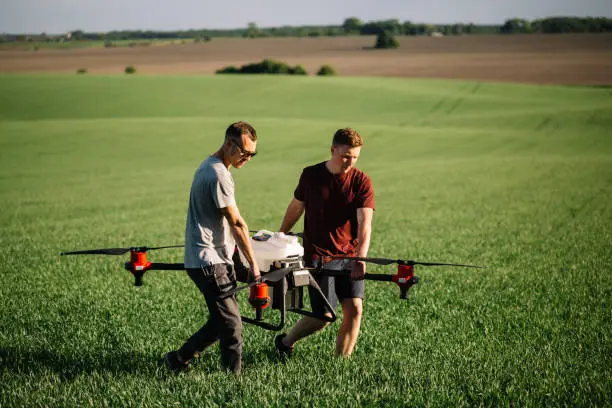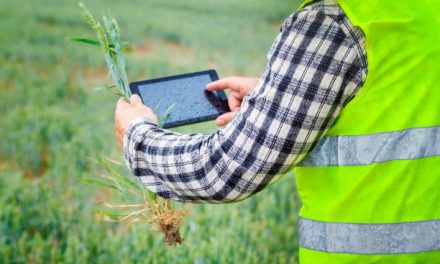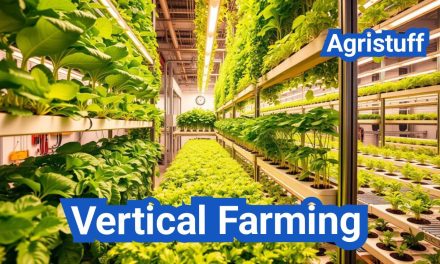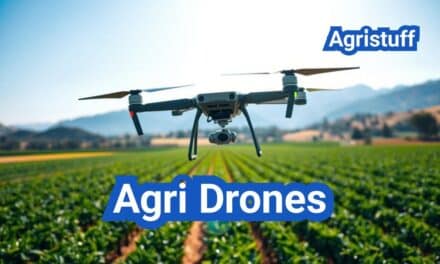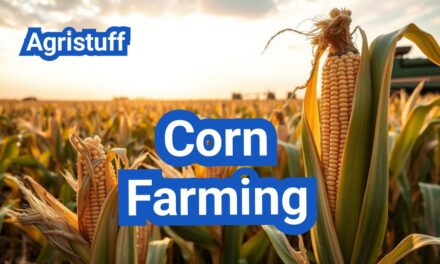The agricultural sector has undergone a remarkable transformation over the past few decades, thanks to advancements in technology. Among these innovations, drones, or Unmanned Aerial Vehicles (UAVs), have emerged as a game-changer. From precision farming to livestock management, drones are revolutionizing traditional practices, making farming smarter, more efficient, and sustainable. This article explores the types of drones used in agriculture, their technological features, and their profound impact on productivity.
The Evolution of Agricultural Drones
Drones have come a long way from being military tools or recreational gadgets to becoming indispensable assets in agriculture. Initially adopted by large-scale farms, drones have now become accessible to farmers of all scales. Their ability to provide real-time, high-resolution data has transformed how farmers monitor crops, manage resources, and make informed decisions.
The journey of agricultural drones began in the early 2000s with basic GPS and camera-equipped models. By 2010, multispectral imaging sensors were introduced, enabling detailed crop health analysis. The integration of artificial intelligence (AI) around 2018 marked another milestone, allowing drones to analyze data and provide actionable insights. Today, autonomous drones are paving the way for a future where farming is more precise, sustainable, and efficient.
Types of Drones Used in Agriculture
Not all drones are created equal. Depending on the farming needs, different types of drones are employed:
- Fixed-Wing Drones: These resemble airplanes and are ideal for covering large areas quickly. They offer longer flight times but require more space for takeoff and landing.
- Multi-Rotor Drones: Known for their precision, these drones can hover and capture detailed images of specific areas. They are perfect for small to medium-sized farms.
- Hybrid Drones: Combining the best of fixed-wing and multi-rotor drones, hybrids offer speed, endurance, and precision.
- Nano Drones: Compact and agile, these are used for targeted tasks like pest control or monitoring hard-to-reach areas.
- Tricopter Drones: With three rotors, these drones are highly maneuverable, making them suitable for navigating complex terrains.
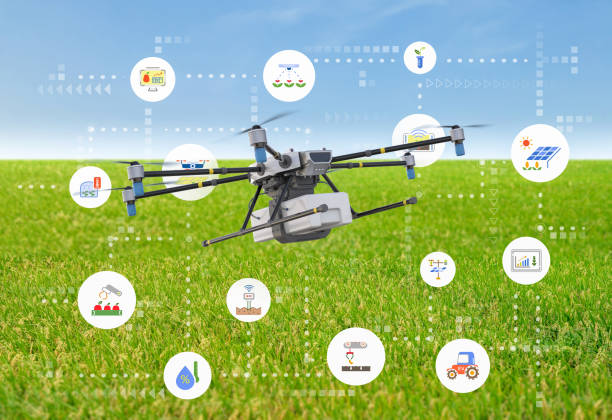
Technological Features of Agricultural Drones
The effectiveness of drones in agriculture lies in their advanced technological features:
- High-Resolution Cameras: Capture detailed images for crop monitoring and health assessment.
- Multispectral and LiDAR Sensors: Provide data on plant health, soil conditions, and topography.
- GPS and GIS Integration: Enable precise navigation and mapping of farmlands.
- Advanced Analytics Software: Transform raw data into actionable insights for better decision-making.
- Autonomous Capabilities: Reduce the need for human intervention, allowing drones to perform tasks like spraying and mapping independently.
These features empower farmers to adopt precision agriculture, optimizing resource use and maximizing yields.
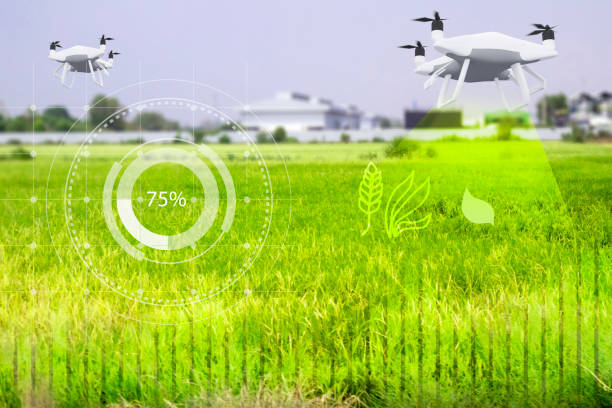
Applications and Impact of Agricultural Drones
Drones are not just tools for data collection; they are transforming farming practices in numerous ways:
- Precision Spraying: Drones can target specific areas with pesticides or fertilizers, reducing waste and environmental impact.
- Crop Health Monitoring: Early detection of diseases and pests allows for timely intervention, minimizing crop losses.
- Irrigation Management: Thermal cameras help identify areas needing water, improving irrigation efficiency.
- Livestock Monitoring: Drones track animal health and movements, enhancing herd management.
- Soil Analysis: Drones assist in mapping soil health and carbon levels, promoting sustainable practices.
The impact of drones on agricultural productivity is undeniable. Studies show that precision farming with drones can increase yields by up to 15% while reducing fertilizer use by 20%.
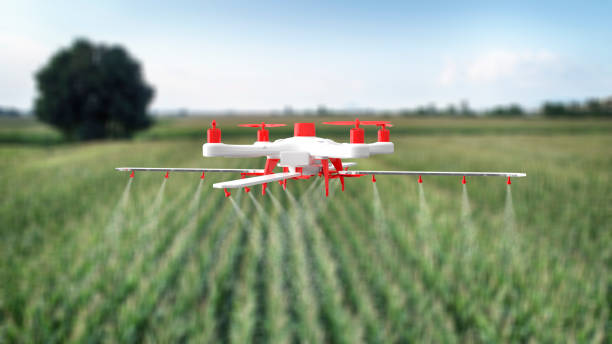
Challenges and Future Directions
Despite their benefits, agricultural drones face challenges such as regulatory restrictions, high initial costs, and weather dependency. However, ongoing advancements in battery technology, AI, and autonomous systems are addressing these issues.
The future of agricultural drones is promising. From autonomous crop spraying to AI-driven predictive analytics, drones are set to play an even greater role in addressing global food security challenges.

